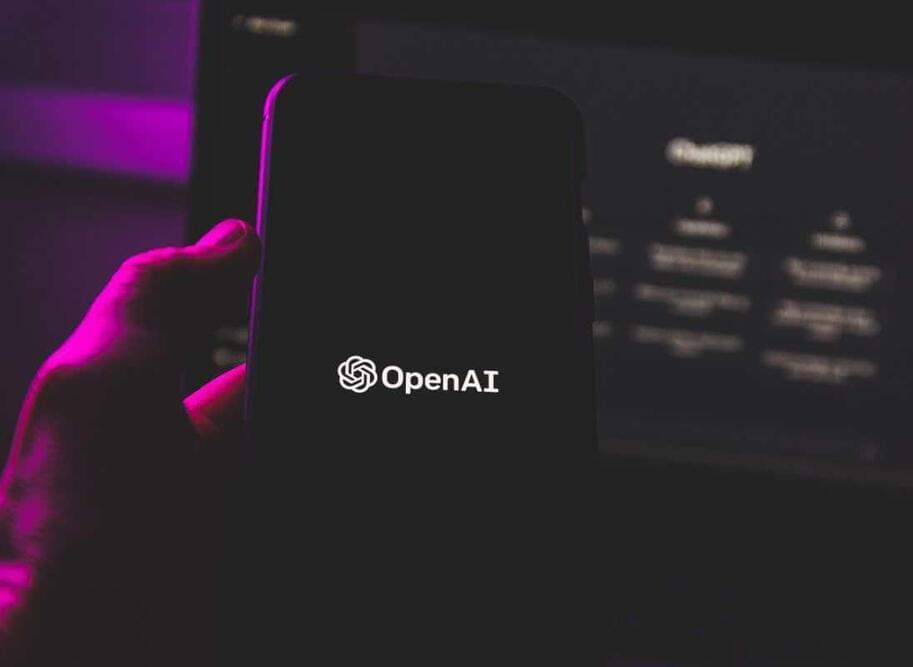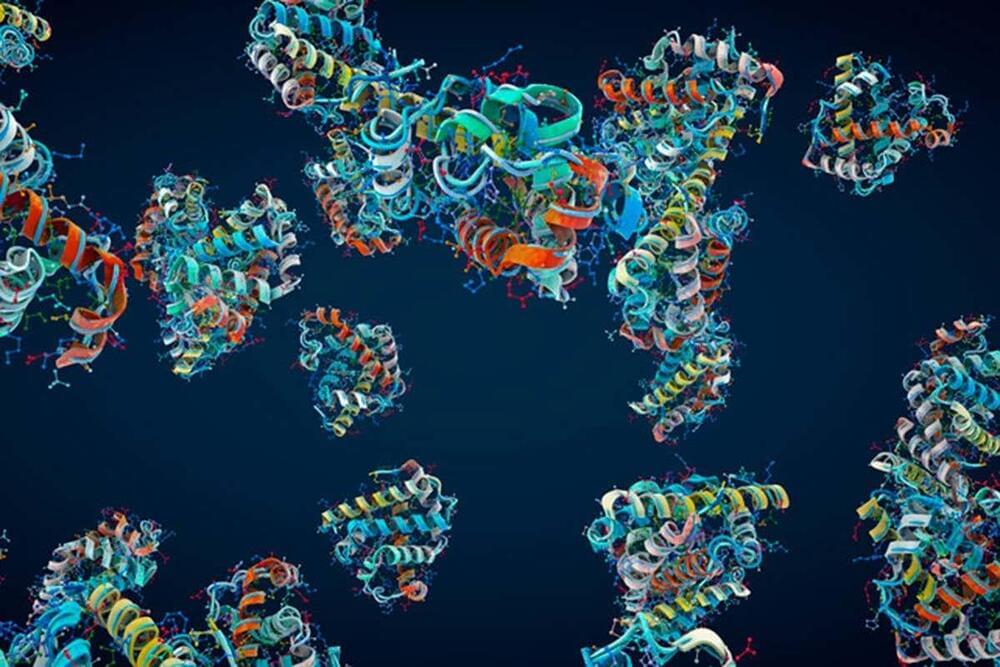Last week Magnus Carlsen, the world chess champion, directly accused Hans Niemann, a U.S. grandmaster, of cheating during their game at the Sinquefield Cup, in St. Louis, Mo. He thus made plain an accusation he had been hinting at for weeks.
Carlsen has so far provided no evidence to back up his charge, nor has he specified how the cheating took place. Everyone agrees, however, that if there was cheating, then it must have involved computers, because nothing else could dismay Carlsen, whose rating of 2,856 is higher than that of any other player. And everyone seems to have chosen sides.





